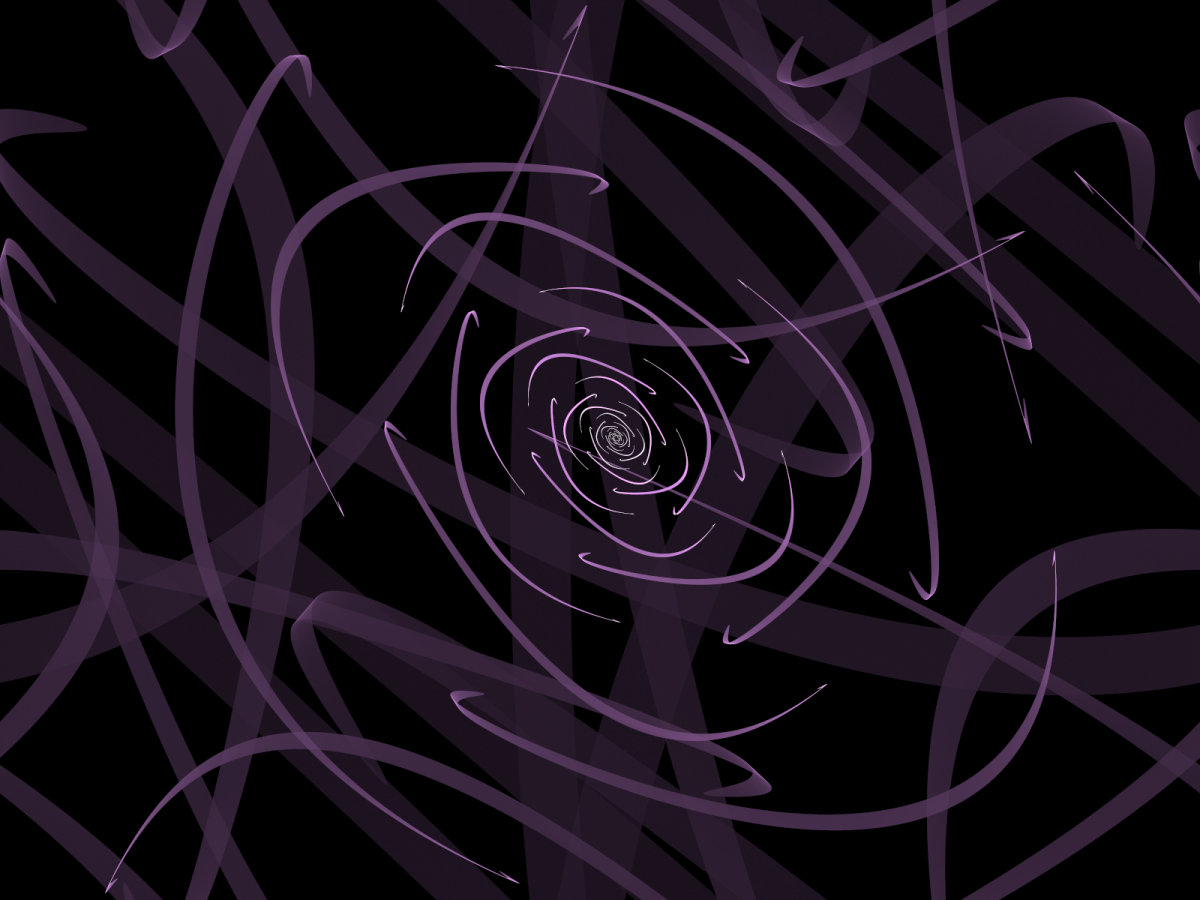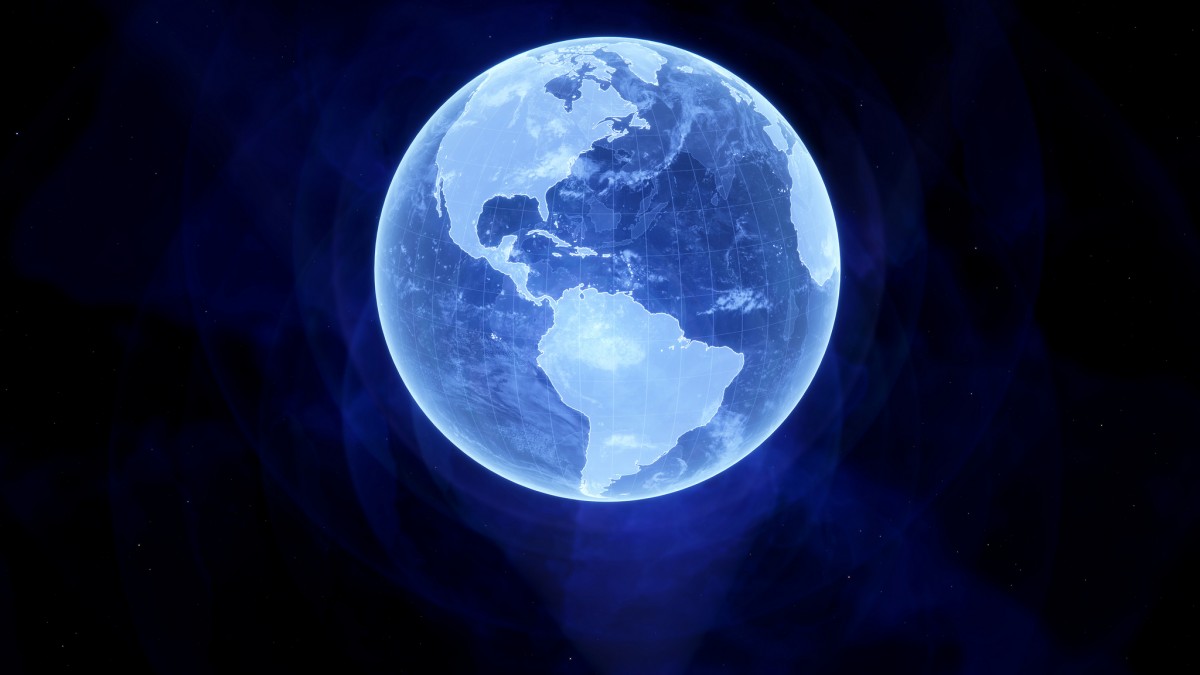Ask Ethan: Can our Universe be a hologram?

A hologram is one of the most interesting “flat” objects created by man. By coding complete information about a three-dimensional picture on a two-dimensional plane, holograms change their appearance with a change in perspective. Many additions to our understanding of the Universe say that the concept of the three dimensions of our world exists only because we can perceive no more than three; in fact, there may be more. Moreover, there is the seductive possibility that we are all a holographic projection of the universe with a large number of dimensions, observed from a certain perspective. The reader wants to know more on this topic, and asks:
The holographic Universe seems to explain many issues. Assuming that this view is correct, what is the relationship between the two-dimensional surface and the three-dimensional representation? Is an example of a conventional hologram suitable for reflection on this topic?
We met holograms, but most people do not know how they are made. The science behind them is actually amazing.

')
Photography is a simple thing: you need to take the light emitted or reflected by the object, focus it through the lens and capture it on a flat surface. This is how not only the photo works, but also your eyes at any moment in time: the lens in your eye focuses the light, and the rods with cones on its back surface record it, sending it to the brain, processing the light and producing an image.
But using a special emulsion and coherent light (for example, a laser), you can create a map of the entire light field of the object, which is a hologram. You can accurately record all changes in density, textures, transparency, and so on. If you properly highlight this flat two-dimensional map, it will show the full set of three-dimensional information that can be obtained from your point of view, but it is surprising that it can do this for any point of view. Having printed it on a metal film, you will receive an ordinary hologram.
In the Universe we perceive, there are three spatial dimensions available to us. But what if there are more? Can our three-dimensional Universe contain coded information about reality with four or more dimensions in the manner of how an ordinary hologram, a two-dimensional surface encodes a complete set of information about a three-dimensional Universe? It turns out that it can - and several very funny possibilities arise from this, but they also have important limitations for understanding.
The idea that our universe could be a hologram came from string theory. And string theory has emerged from the assumption - a string model - explaining the strong interactions occurring inside protons, neutrons and other baryons (and mesons), which have a composite structure. True, she gave a whole bunch of meaningless predictions that did not fit the experiments, for example, about the existence of a particle with a spin equal to two. But people saw that if the energies were very strong, up to the Planck scale, the string platform could unite all the known fundamental interactions together with gravity - and that was how the string theory was born. But the peculiarity (or disadvantage, how to look) of this attempt to achieve the “holy grail” of physics is that it absolutely needs to work in additional dimensions. So there was a question - how to get our Universe, with three spatial dimensions, from a theory with a large number of them? And which of string theories, because they can be many, correct?

Perhaps these diverse versions of string theory models actually represent different parts of one fundamental theory, viewed from a different perspective. In mathematics, two equivalent systems are called duals, and one of the unexpected discoveries related to a hologram suggests that sometimes two dual systems have a different number of dimensions. Physicists were very excited about this discovery, because in 1997, physicist Juan Maldacena proposed “ AdS / CFT compliance ”, which suggested that our three-dimensional Universe (and time) with quantum field theories describing elementary particles and their interactions was dual to space-time with a large number of dimensions ( anti-de Sitter space ) playing a role in the quantum theory of gravity.

So far, all the duality we have discovered correlate the properties of the space of higher dimensions and its boundaries with a smaller number of dimensions: a decrease in dimensions by one. So far, it is not clear whether we can move from a 10-dimensional string theory to a 3-dimensional Universe so that they are dual to each other. The two-dimensional holograms created by us encode only three-dimensional information. We cannot encode four-dimensional information on a two-dimensional hologram, or a three-dimensional Universe in one dimension.

Another interesting feature of the duality of two spaces with different dimensions: on a surface with a smaller number of dimensions, there is less information than in the volume of the entire space bounded by the surface. Therefore, if you can measure anything happening on the surface, you can find out what is happening inside the volume. What is happening in one part of the volume may be related to what is happening in another place, and not to occur independently. This may seem strange, but here it is worth remembering about quantum entanglement, and how measuring the properties of one member of an entangled system instantly tells you information about another. It is possible that the hologram is associated with this feature of nature.

Duality is a mathematical fact and an intriguing physical possibility. Will it lead to a deeper understanding of our universe? Perhaps, but so far we don’t know exactly how far its consequences are, and whether it will open for us the transition from gauge theory to such desirable quantum gravity. But there is hope. If the Universe really turns out to be a hologram, then this will have such consequences!
Source: https://habr.com/ru/post/402137/
All Articles